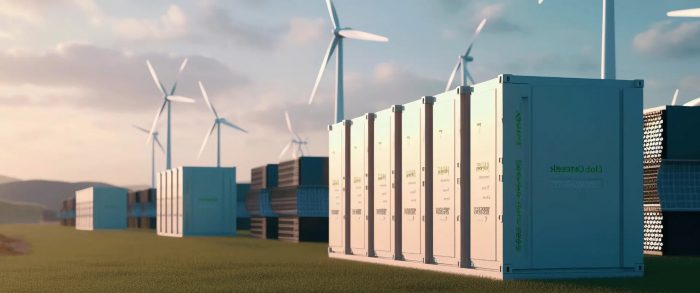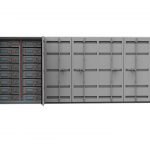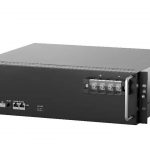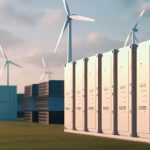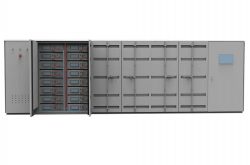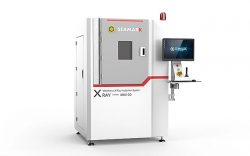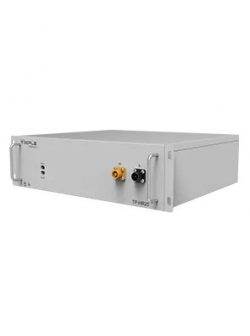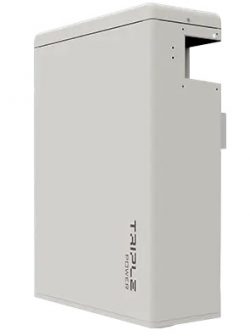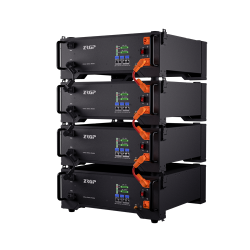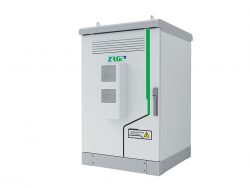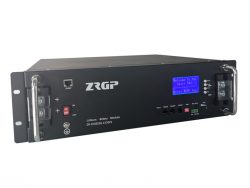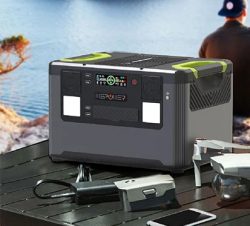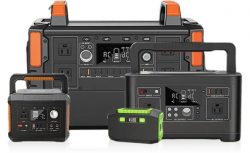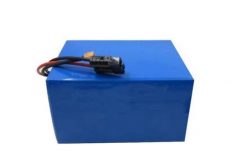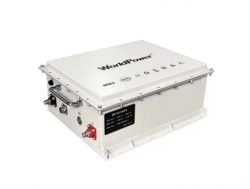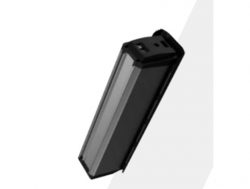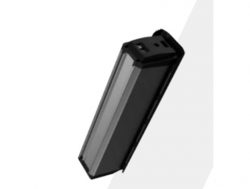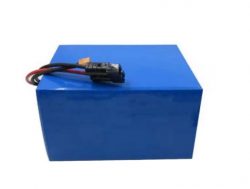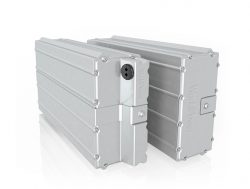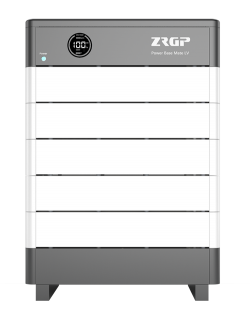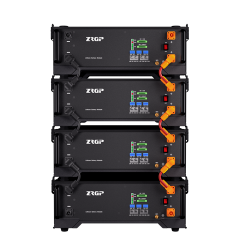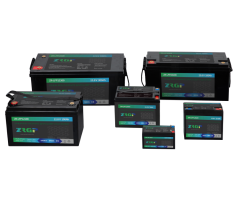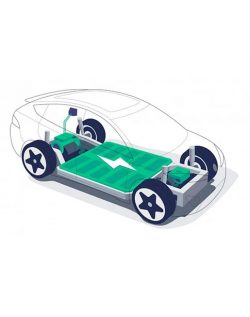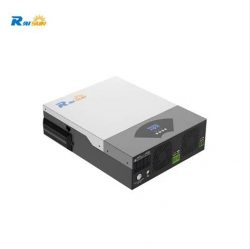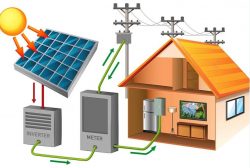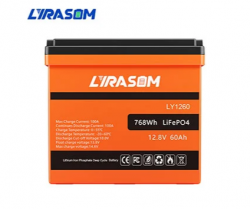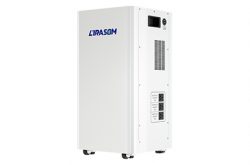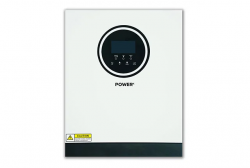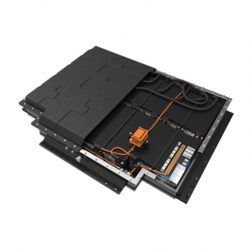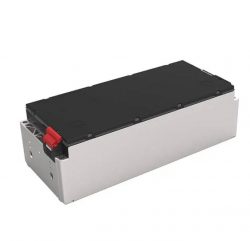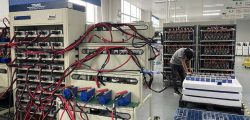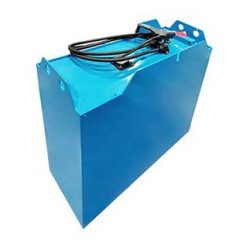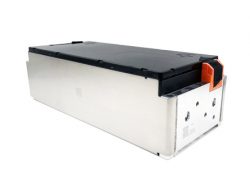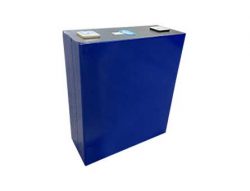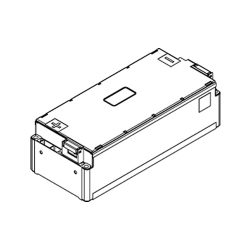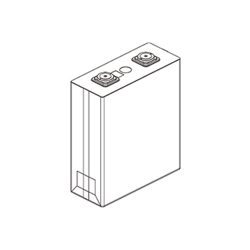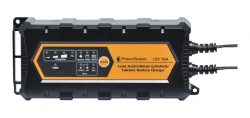Stationary Battery Energy Storage Systems
FPR New Energy takes pride in unveiling the BESS container, a product shaping the landscape of stationary energy storage. Our BESS stationary battery energy storage systems container of modular design, LFP batteries, an intelligient battery management system (BMS), an energy management system (EMS) make it an efficient electric power battery storage. It is scalable and customized. Factory pre-assembly reduces installation and commissioning costs. The energy storage system container supports parallel connection and capacity expansion is easy, catering to large-scale projects. Safety remains paramount at FPR, with the BESS container featuring advanced safety like fire suppression systems and comprehensive monitoring for enduring reliability.
Advantages of FPR NEW ENERGY Stationary Energy Storage Systems
Safe
Multi-level stationary storage battery protection
Liquid cooling technology
Simple & Fast
Container BESS Factory pre-assembly reduces costs of installation and commissioning of commercial battery storage
Convenient operation & flexible maintenance
Scalable & Customized
Modular design of stationary battery systems
Parallel connection and easy capacity expansion
Customized solutions
Smart
Digital technology, remote collaboration and intelligent monitoring
Active cell balancing of stationary energy storage systems.
FPR 10P384S LFP280Ah
FPR introduces the BESS container, revolutionizing stationary battery storage with a self-contained unit housing batteries, BMS, and EMS. Versatile, scalable, and prioritizing safety, this container energy storage system offers cost-effective, sustainable energy solutions for diverse applications.
Stationary Energy Storage Systems for Renewable Energy
In the relentless pursuit of sustainable and eco-friendly energy solutions, the development of stationary storage systems has emerged as a crucial linchpin in the integration of renewable resources into our power grids. Renewable energy sources, such as solar and wind, are inherently intermittent, producing electricity when the sun is shining or the wind is blowing. This intermittent nature poses a significant challenge to maintaining a stable and reliable power supply, especially when demand does not align with the sporadic nature of these resources.
Enter the electrical energy storage systems—the technological marvel designed to bridge the gap between energy production and consumption, fostering a harmonious relationship between renewable sources and the grid. These BESS wholesale systems store excess energy generated during periods of high renewable output and release it when demand surpasses immediate supply. The result is a more resilient and flexible energy infrastructure capable of adapting to the variable nature of renewables.
One of the most promising technologies in the realm of energy storage is battery storage. Lithium-ion batteries, in particular, have undergone remarkable advancements, becoming the cornerstone of many grid scale energy storage systems and projects. These energy storage devices batteries offer high energy density, rapid response times, and an extended cycle life, making them ideal candidates for efficiently storing and releasing renewable energy.
The benefits of implementing energy storage systems for renewable energy are multifaceted. First and foremost, these community energy storage systems contribute to grid stability by mitigating the intermittency of renewable sources, thus ensuring a consistent power supply. Furthermore, these electrical energy storage systems empower communities to harness and utilize locally generated renewable energy, fostering energy independence and reducing reliance on centralized power plants.
As technology continues to evolve, the future of stationary energy storage systems holds even greater promise. Innovations in materials science, artificial intelligence, and grid electricity storage management are poised to enhance the efficiency and affordability of these grid scale energy storage systems, making them increasingly integral to the global transition toward a more sustainable energy landscape. In the grand tapestry of renewable energy integration, grid energy storage systems emerge as the threads that weave resilience, reliability, and sustainability into the fabric of our power grids.
